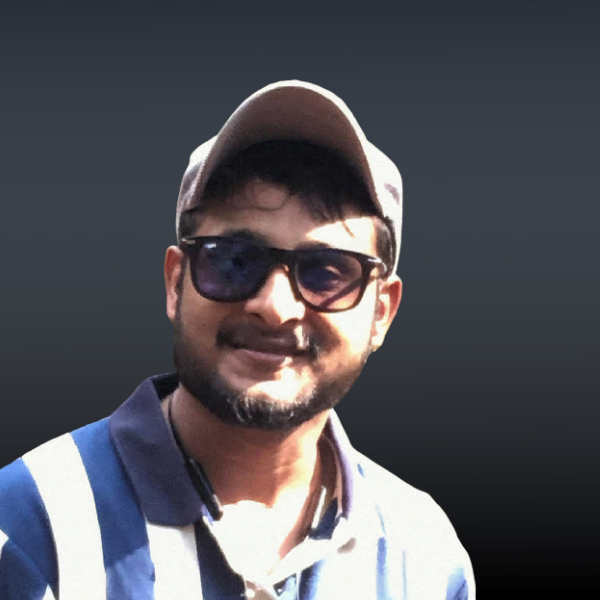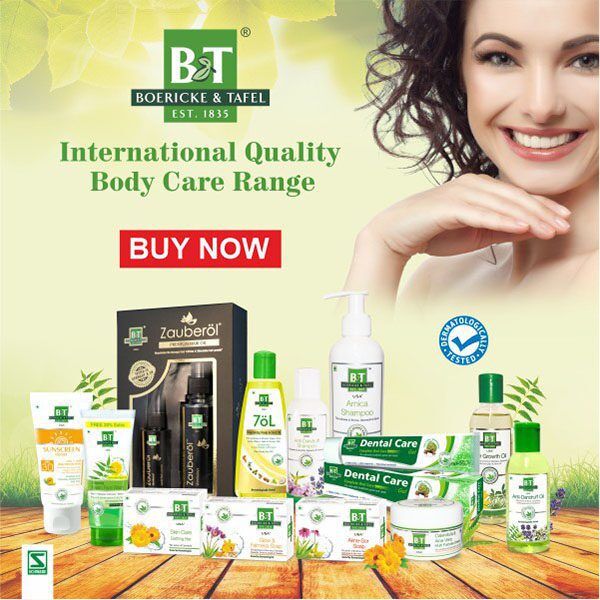
Acceptance of Homoeopathy is on the rise
- Dr Jeetesh Singh
- December 6, 2016
- No Comments

There has been work on parameters like
- what benefits do patients derive from homoeopathy
- which patients are treated by homeopathy
- what risks are associated with homoeopathic treatment and
- what is the cost-benefit
Results are encouraging and positive in favor of homoeopathy. Well, homoeopaths know
- what is curable by a drug
- where to discriminate, and where to suggest alternative methods or management.
But it has high levels of cure in more cases, which has increased its acceptance. But cases spoiled or pushed to unwanted pathological changes take time to cure. For patients new to homoeopathy perhaps some information about its concepts is essential. It is so very different from conventional antipathic therapy that the patients do not have the patience to understand how these microdoses work. It is something like making no effort to understand difficult mathematical equations. A patient taking years of conventional treatment converts to homoeopathic treatment but with a very unreasonable expectation of a magic cure in no time. There is a need to think about how such patients be educated about homoeopathy. The concept of cure in homoeopathy needs better dissemination.
Also Read Hair Thinning: Can Hair Grow Back After Thinning?
Summer is at its peak. The outside temperature is hovering around 45 degrees Celsius. Inside at dispensing counters, I hear a beautiful lady asking for homoeopathic sunscreen lotion to protect her sensitive fair skin. The counter attendant gives a lost look perhaps wanted to suggest some fast-selling cosmetic sun-screen lotion, but the buyer was busy buying homoeopathic other body-care products and happily announced homoeopathic is safe and that she wanted homoeopathic sun-protection lotion. Others waiting for consultation gave agreeable nods even if, they were waiting for consultation for serious complaints. “High safety profile” has helped homoeopathy achieve high growth and higher acceptance.
Growth of homoeopathy in India is stunning (Dr. George Vithoulkas, Economic Times Oct’22, 2011) about 10% solely depend on homoeopathy (neiah.nic.in/homeopathy.html). Indian Council of Medical Research (ICMR) conducted a survey a few years back on the utilization of the Indian System of Medicine and Homoeopathy. The result was 11.41% preferred homoeopathy compared to 5.02 for Ayurveda and 82.02 for Allopathy in case of serious ailments. World-wise the growth is increasing and the market, as per a survey by A.C. Nelson, by 2017 is expected at 52,000 crores. There is little reason to doubt that India, a country of 1.25 billion, with an acceptance of 11.4% is now world leader in homoeopathy. Credit for the development of homoeopathy goes to committed homoeopaths and the Government of India. Post-independence a strong realization surfaced about the goodness of indigenous systems of medicine including holistic, herbal, and homoeopathy. The need to keep quality medicine in safe hands led to establishment of separate departments in the Government to look at the healthy growth of Ayurveda, Unani, and Homoeopathy. Much of what we have today is due to the vision of a fading generation of homoeopaths. It is time now that we give a pragmatic approach to applied research to serve the ailing better. In spite of all positives, the painful situation persists. Why do even those patients who have been relieved by homoeopathic medicine and have some faith run to allopathy even for manageable pyrexial condition, pain, inflammation, infection etc. They doubt fast relief by homoeopathy. Research be directed to erase this aspect of “mistrust”.
Harmonisation – International adjustments
Western business houses and homoeopathic professionals see India as a big market for growing homoeopathy. “Harmonisation” is a frequently presented theme these days. Unfortunately, U.S., UK, and other countries have not placed homoeopathy on a scientifically accepted pedestal as Indian Government and Indian Homoeopaths have done. Talking about harmonisation is like trying to find drug molecules in microdilution above 10-24. They should follow India and France to make homoeopathy respectable and dependable.
-
 B&T Foot CreamSale Product on sale
B&T Foot CreamSale Product on sale₹130.00₹106.60Rated 5.00 out of 5 based on 1 customer rating -
 B&T Aloe Vera CreamSale Product on sale
B&T Aloe Vera CreamSale Product on sale₹135.00₹110.70 -
 Tartarus depuratus CHSale Product on sale
Tartarus depuratus CHSale Product on sale₹100.00₹82.00 -
 Stachys officinalis MTSale Product on sale
Stachys officinalis MTSale Product on sale₹410.00₹336.20 -
 Sol LATTSale Product on sale
Sol LATTSale Product on sale₹100.00₹82.00 -
 Luna LATTSale Product on sale
Luna LATTSale Product on sale₹100.00₹82.00 -
 Eugenia jambosa MTSale Product on sale
Eugenia jambosa MTSale Product on sale₹410.00₹336.20 -
 Emblica officinalis LATTSale Product on sale
Emblica officinalis LATTSale Product on sale₹100.00₹82.00 -
 Saccharinum CHSale Product on sale
Saccharinum CHSale Product on sale₹100.00₹82.00 -
 Acidum Phosphoricum MTSale Product on sale
Acidum Phosphoricum MTSale Product on sale₹125.00₹102.50
USHP protocols for “proving” calls for 12CH as starting level (where toxicity data is missing) to observe changes in healthy persons. Indian homoeopaths who use 6 CH, 3DH, or 1DH will outright reject such protocols. Indian Drug laws in case of multiple ingredients directs generally 3DH and for poisonous 6DH for majority. The core concept of homoeopathy heavily depends on “Proving” but we cannot neglect patient care and case management. Comprehensive medical care may need use of very low potencies drug. Such use is rational and scientifically correct.
There is a need to understand the scientific aspect of such regulations (by the western countries) and regulating standards of finished products should be followed by all manufacturers irrespective of the country they belong to.







































